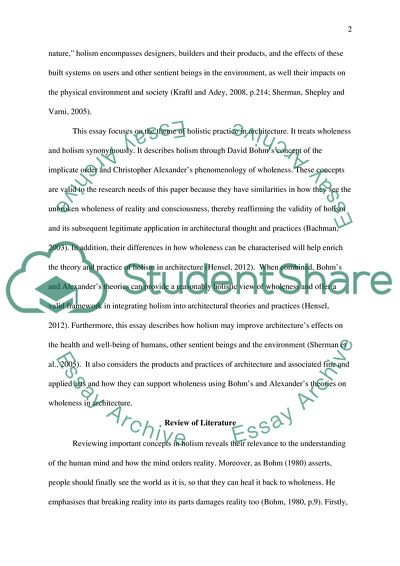Cite this document
(“Cultural Context: The History and theory of Architecture Essay - 2”, n.d.)
Cultural Context: The History and theory of Architecture Essay - 2. Retrieved from https://studentshare.org/architecture/1676779-cultural-context-the-history-and-theory-of-architecture
Cultural Context: The History and theory of Architecture Essay - 2. Retrieved from https://studentshare.org/architecture/1676779-cultural-context-the-history-and-theory-of-architecture
(Cultural Context: The History and Theory of Architecture Essay - 2)
Cultural Context: The History and Theory of Architecture Essay - 2. https://studentshare.org/architecture/1676779-cultural-context-the-history-and-theory-of-architecture.
Cultural Context: The History and Theory of Architecture Essay - 2. https://studentshare.org/architecture/1676779-cultural-context-the-history-and-theory-of-architecture.
“Cultural Context: The History and Theory of Architecture Essay - 2”, n.d. https://studentshare.org/architecture/1676779-cultural-context-the-history-and-theory-of-architecture.


